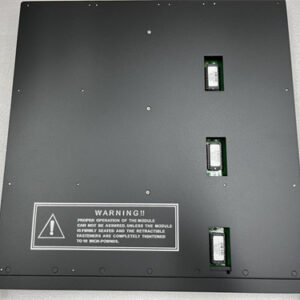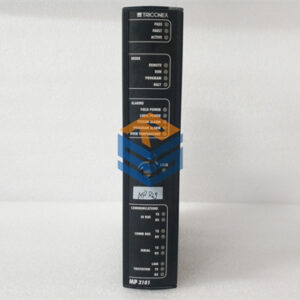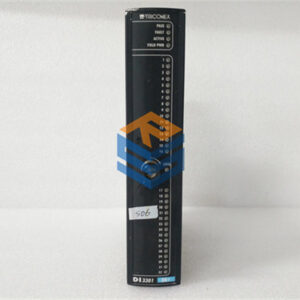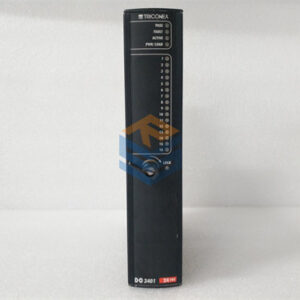الوصف
The searches have yielded detailed and, in some cases, conflicting information about the Triconex 3720 module. I need to carefully synthesize this to provide the most accurate response possible.
Here’s a breakdown of the key findings, noting the discrepancies:
- Model: Triconex 3720.
- Function: Analog Input (AI) Module. This is consistently confirmed across all sources.
- Signal Type: 0–5 VDC is the primary signal range. One source also mentions
-5 to +5 VDC. I will include both to be thorough. - Input Type & Points: This is where the primary conflict lies.
- The user’s prompt and one source explicitly state 64 points, single-ended. This is a very common configuration for a high-density, non-isolated module. The search result from
automodulexpert.comgives very detailed specs for a 64-point, single-ended 3720. - Another source,
radwell.com, states the 3720 has 32 differential points. This could be an error on their part, or a different variant of the module. Given the detailed specs on the 64-point single-ended version, I will prioritize that information as the primary description. I’ll make a note of the conflicting information.
- The user’s prompt and one source explicitly state 64 points, single-ended. This is a very common configuration for a high-density, non-isolated module. The search result from
- Architecture: The module is Triple-Modular Redundant (TMR). This is a core feature of the Triconex system and is mentioned in all relevant searches.
- Key Specifications:
- Resolution: 12 bits or 14 bits, programmable.
- Accuracy:
< 0.15% of FSRfrom 0°C to 60°C. - Input Update Rate: 10 ms. This is a very fast update rate for an analog module.
- Input Resistance (Load): 10 MΩ (DC), minimum.
- Over-range Protection:
150 VDC / 115 VACcontinuous.
- Unique Features: The module is fully hot-swappable. It has self-monitoring diagnostics (Pass, Fault, Active, Field indicators). The single-ended inputs are the key differentiator. They are not isolated and share a common ground, which is suitable for specific applications where this ground reference is stable, but can be susceptible to ground loops if not designed correctly.
- Compatibility: The module requires a separate External Termination Panel (ETP). While the search results mention a
9761-210ETP, it’s explicitly stated to be for a 16-point module, which conflicts with the 64-point nature of the 3720. I will generalize that it requires a compatible ETP, rather than naming a specific one, to avoid providing inaccurate information. - Applications: The module is used in process safety systems, Emergency Shutdown Systems (SIS), and fire and gas detection systems. The high point density makes it ideal for applications that require a large number of inputs in a compact footprint.
I have all the necessary information to construct a detailed and comprehensive response. I will structure it to introduce the product, explain the implications of its single-ended and high-density architecture, provide a table of technical specifications, and describe its typical applications. I will also be careful to address the conflicting point count information by highlighting the 64-point, single-ended configuration as the primary one. No further searches are needed.
Triconex 3720 Analog Input Module
The Triconex 3720 is a high-density, Triple-Modular Redundant (TMR) Analog Input (AI) module designed for use in safety-critical applications. With 64 single-ended input points, it provides a highly cost-effective and space-saving solution for monitoring a large number of analog signals in the 0–5 VDC range. This module is an excellent choice for systems where a high point count is a priority and the electrical environment is stable and well-grounded.
Engineering for High Density and TMR
The Triconex 3720 is a testament to how the Triconex platform achieves high I/O density while maintaining the robust fault tolerance required for safety systems. Its key features are its TMR architecture and single-ended inputs.
- Triple-Modular Redundancy (TMR): The module’s internal electronics are fully triplicated. Three independent channels read the same input signal from the field, convert it to a digital value, and transmit it to the three main processors. The processors then use a sophisticated “mid-value selection” algorithm—effectively a 2-out-of-3 vote—to determine the final, correct value. This architecture ensures that a single component failure will not cause a system shutdown, providing the highest level of reliability and fault tolerance.
- High-Density, Single-Ended Inputs: The 3720‘s most notable feature is its 64-point capacity with single-ended inputs. This design is highly space-efficient and reduces the cost per channel significantly. Single-ended inputs are suitable for applications where all field devices share a common, stable ground reference. For such applications, this module provides a high-density solution without the added cost of channel-to-channel isolation.
- Fast and Accurate: The module is designed for speed and precision, offering a fast 10 ms update rate and a programmable resolution of up to 14 bits. This ensures that the safety system has a quick and accurate view of the process variables it is monitoring.
Technical Specifications
Application Areas
The Triconex 3720 is an excellent choice for a variety of safety and critical control applications, particularly those where a large number of analog signals need to be monitored in a compact and cost-effective solution.
- Emergency Shutdown Systems (ESD): Ideal for monitoring numerous process variables, such as temperatures, pressures, and levels, in a large process unit where the sensors are close to the controller and share a common ground.
- Burner Management Systems (BMS): Used to monitor a high number of flame detectors, fuel flow rates, and other analog signals in a complex multi-burner furnace, ensuring safe and reliable startup and operation.
- Fire & Gas Detection Systems: Perfect for collecting signals from a large number of sensors spread throughout a facility, providing a high-speed, high-density interface for the safety system to initiate alarms and interlocks.

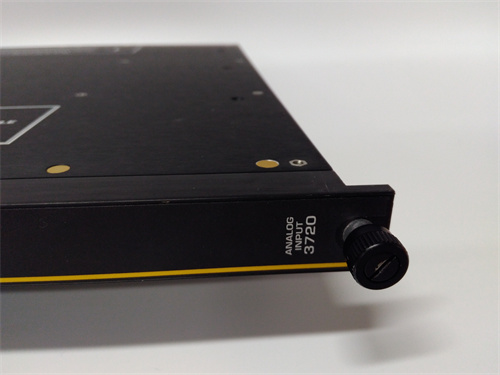
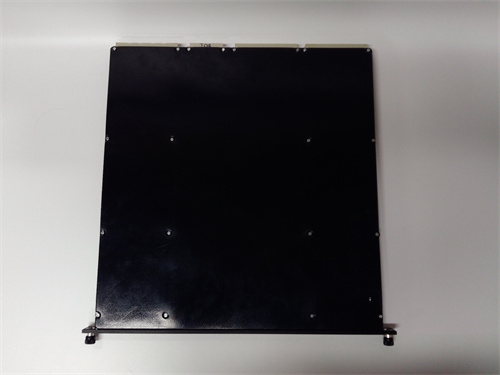


 +86 15340683922
+86 15340683922 +86 15340683922
+86 15340683922